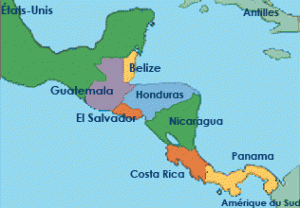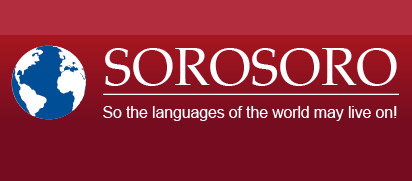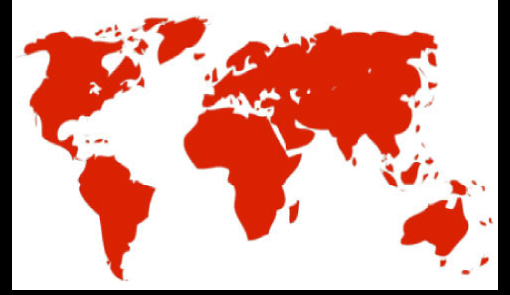Print  |
|


How to teach a mother tongue… when it no longer is a mother tongue?
Posted by Colette Grinevald et Bénédicte Pivot on December 18, 2010
By Colette Grinevald and Bénédicte Pivot, linguists at the University of Lyon 2 Dynamique du Language (DDL – language dynamics) laboratory.
http://www.ddl.ish-lyon.cnrs.fr/led-tdr/

carte_amcentrale
When an ethnic language is not a mother tongue but an endangered language bearing strong symbolic identity value for its community, how does it fit in formal education?
For all existing ethnic groups, the UNESCO recognizes linguistic rights in favor of the development of bilingual education programmes. These programmes are based on scientific discourses that have proven school-based education and the cognitive development of children to stem better results when instruction was provided in their mother tongue (see Tove Skutnabb-Kangas’ articles).
While intentions are worthy, however, previous discussions have shown how difficult these programmes were to put together, including when there was still a fair number of speakers left.
So what happens when adding to the lack of speakers, the ethnic language is no longer a mother tongue, in the sense of the vernacular language used in the earliest stages of childhood education, but remains their language in the eyes and heart of its community, thus willing to have it revitalized through formal education?
The Rama are Amerindians of the southern Caribe coast of Nicaragua. Out of the near 3,000 people forming the Rama community, only around thirty still speak their ethnic language. The language spoken within the community nowadays is a variant of English-based Creole, which was introduced by the dominant Creole population. Spanish, the official language of Nicaragua, is nothing to them but a second language mastered by only very few.
But in the context of the national and Amerindian indigenous identity claim movement during the 80s, and while this language, Rama, which themselves referred to as a « primitive » tiger language, was disappearing, leaders of the community requested its revitalization. A process of revaluation followed, supported from the start by a team of external linguists.
25 years later, the Rama’s attitude towards their ethnic language has changed: it has become a precious « asset » they are proud of, one they refer to as their « treasure language ». It is « their language », our language, one they own and that makes them identifiable individuals, distinct from other ethnic groups, and most of all, different from the Creoles.
Today they contribute to developing the online Rama encyclopaedic dictionary (www.turkulka.net), actually « capitalizing » their linguistic knowledge one word after the other. Being able to learn from it has brought satisfaction to them, answering that « yes, they know the language, as they speak one one word… »
This language is also a way for them to claim sovereignty over their own territory (recognized by law since 2009), with toponyms they have now relearned in Rama.
Thus has changed the status of Rama; it has become a « treasure language » bearing strong symbolic identity and demonstration value, a language that has no purpose of ever being spoken fluently again, a language that isn’t and probably never will be a mother tongue again, like Zapara in Ecuador. But the demand remains strong in the community to have this treasure language revitalized within a formal education programme for school children.
Yet the only institutional response nowadays, based on international linguistic rights, is carried out through bilingual education programmes unable to make a distinction between an ethnic language and a mother tongue. A confusion pointing out the current lack of reflection upon the particular status of these endangered languages of strong symbolic value, which become objects of revitalization programmes with no aim for revernacularization. Their transmittal raises the question of a relevant didactic approach, yet to be invented at this point.
If this challenge isn’t faced, there will remain a great confusion in the minds of revitalization local players and an education system claiming to be multicultural and bilingual (or multilingual) but doesn’t acknowledge the special status of treasure language.








